I am designing a device that can be powered either through two AAA alkaline batteries, or through its USB port, with priority with the USB port. I thought of a discrete circuit that fulfills my needs (simple, almost no power consumption and very low dropout when on batteries, ...).
So everything seems fine, except that, when the USB power is removed, there is a quite high reverse current transient that goes back to the batteries, because the main capacitors that were charged to 3.3V then have to go down to the batteries level. It can be as high as 200mA during about 10µS, then quickly decreasing but still being at about 1mA during as long as 15 seconds. (There is a 10µ ceramic cap and a 0.035 supercap in parallel).
Is this acceptable ? Or will it make the alkaline batteries release gas / leak / loose all their capacity / burn in fire / and if I repetitively plug-replug the USB cable, kill me in my sleep ?
And if some other people decide to use rechargeable batteries (any kind) in this device, will it cause the same / other problems ?
Edit
Ok, here is the schematics of said circuit, for reference. It tries to combine several constraints, which are not fully explained here, but anyway. Just keep in mind that the question is not about this schematic or how to switch between USB and batteries.
